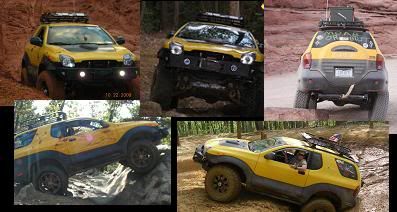I searched all relative posts on this forum. No one has posted an exact size of our stock hub. I believe our stock wheels are hub centric because our rims slip right onto the bore ledge which is like 1/4" thick. It properly holds the wheel centered, and aids the lug bolts in supporting the vehicle.
I want to get new rims and I want them hub centric with proper sized center bores. I measured ours- they are about 4'' which calculates to 101.6mm. Can anyone verify my accuracy?
I think having the wheel slammed tight to the hub plus resting on the hub ridge is the proper way to have your wheels versus giant 108mm bore holes and trying to center the wheels with the lug bolt nuts.



 Reply With Quote
Reply With Quote

 Etlsport, It's a pleasure to hear from you, super poster in the community
Etlsport, It's a pleasure to hear from you, super poster in the community ,
, In the "post of all rims" thread the sizing is flat out wrong. It should say 100mm. The misinformation spreads like wildfire
In the "post of all rims" thread the sizing is flat out wrong. It should say 100mm. The misinformation spreads like wildfire . I clearly understand that getting burned
. I clearly understand that getting burned with too small bore size has been an issue for some, and aftermarkets selling mostly 108mm has most of us saying 108mm is the right size. But it isnt.
with too small bore size has been an issue for some, and aftermarkets selling mostly 108mm has most of us saying 108mm is the right size. But it isnt.








